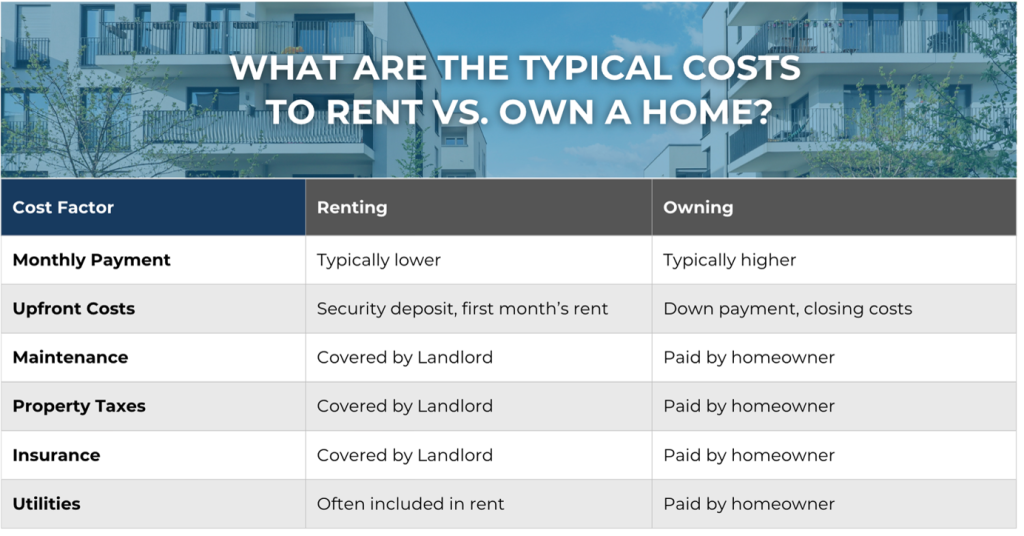Homeownership trends in the U.S. are evolving, with more Americans opting to rent rather than buy. According to recent data from Statista, the homeownership rate has declined to 65.6% as of Q3 2024, while rental markets have seen rising demand, particularly among younger adults. And the latest data from the National Association of Realtors shows that the average age of first-time homebuyers in the U.S. reached an all-time high of 38 years old as of 2024. This is up from 35 years old in 2023. First-time homebuyers are also typically wealthier, with an average income of $97,000 according to 2023 data. This shift is driven by several factors, including the high cost of homeownership, including high home prices, elevated mortgage rates, limited for-sale inventory, and the flexibility that renting offers. As a result, the rental market is booming, with rents in some regions reaching record highs despite recent declines in others. This trend highlights the changing preferences of American households and the growing importance of affordable rental options.

What real estate asset classes benefit from this trend?
Given the rising costs of homeownership and increasing demand for rental properties, our view is that multi-family residential properties and built-to-rent communities are likely to benefit the most. These asset classes offer a steady income stream and are attractive to both active and passive investors at all levels looking for long-term, stable returns.
What is the estimated monthly cost of renting versus buying a home in a specific city?
Using Austin, Texas, as an example, the metropolitan statistical area (MSA) has consistently ranked among the top three large metros in terms of job, population, and permit growth over the past decade. The median household income in Austin is approximately $112,000 compared to the national average of around $80,000. According to apartment.com, the average rent in Austin is around $1,995 per month. For sizes like studios, the cost is $1,258 per month, up to around $2,423 for three bedrooms. However, for buying, while the median home value in Austin is approximately $461,500, the average monthly cost of buying (with a mortgage) could go up to approximately $4,300 per month, including mortgage payment, property taxes, homeowners insurance, maintenance, and utilities. That’s nearly 78% more on monthly costs to buy than to rent (3 bedrooms).
Where are some of the best locations to invest in 2025 in the U.S.?
Cities offer a mix of job growth, population growth, and affordability, making them attractive for real estate investment. Below is the top list based on our research.
- Austin, Texas – A tech hub with strong job growth.
- Raleigh, North Carolina – Known for its education sector and growing economy.
- Nashville, Tennessee – A cultural hotspot with a thriving music scene.
- Phoenix, Arizona – A retirement haven with a growing population.
- Tampa, Florida – A growing tech scene and affordable housing.
- Charlotte, North Carolina – A financial center with a strong economy.
- Dallas-Fort Worth, Texas – Diverse economy and job opportunities.
- Atlanta, Georgia – Film industry boom and strong rental demand.
- Jacksonville, Florida – Coastal city with a growing population.
- Denver, Colorado – High quality of life and strong rental market.
More and more smart investors (private and institutional) are showing a strong preference for investing in rental housing in the U.S. They typically invest before all the positive indicators align, such as interest rates, rent growth, supply and demand, company expansion, or relocation. Cities offer a combination of economic stability, population growth, and favorable rental market conditions, making it easier to choose the right location.






